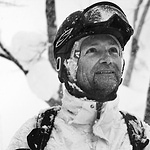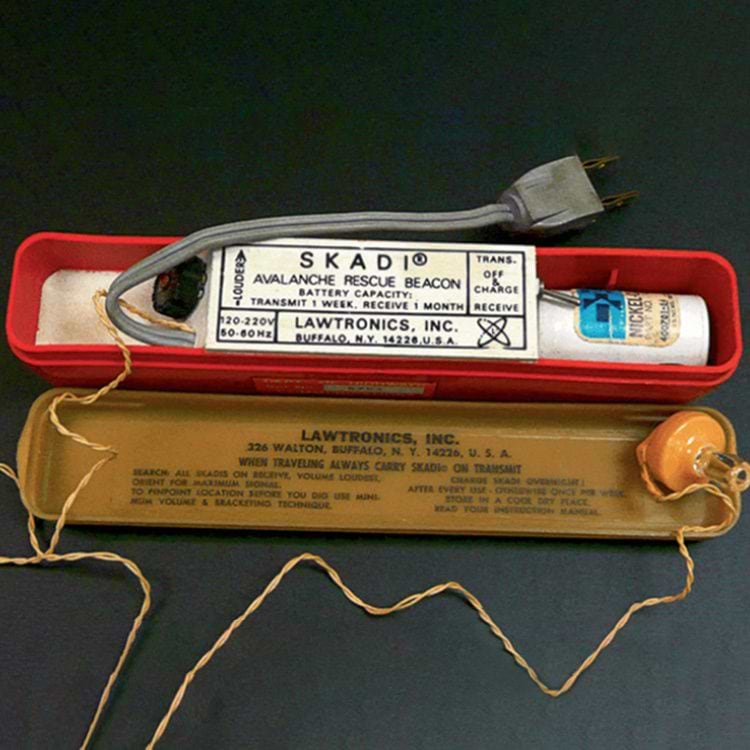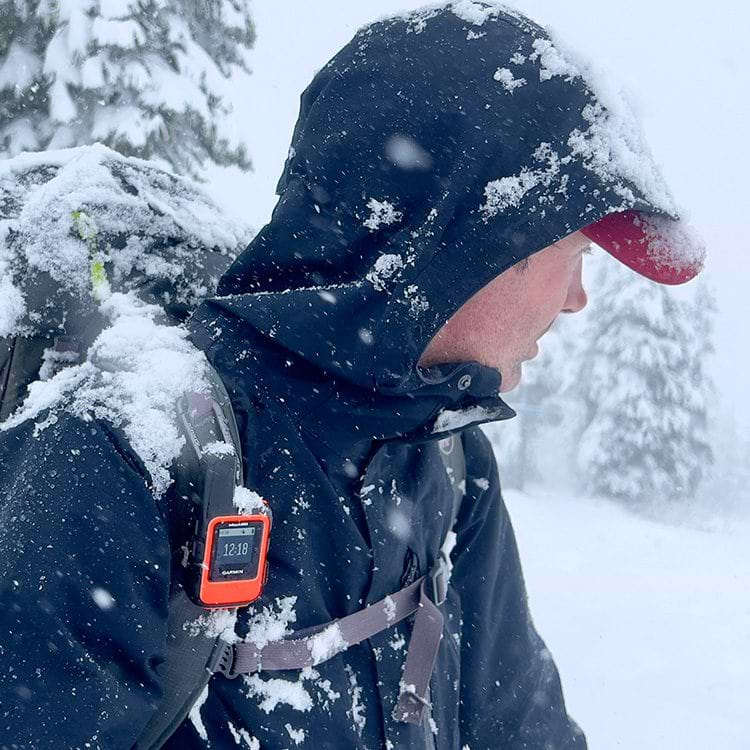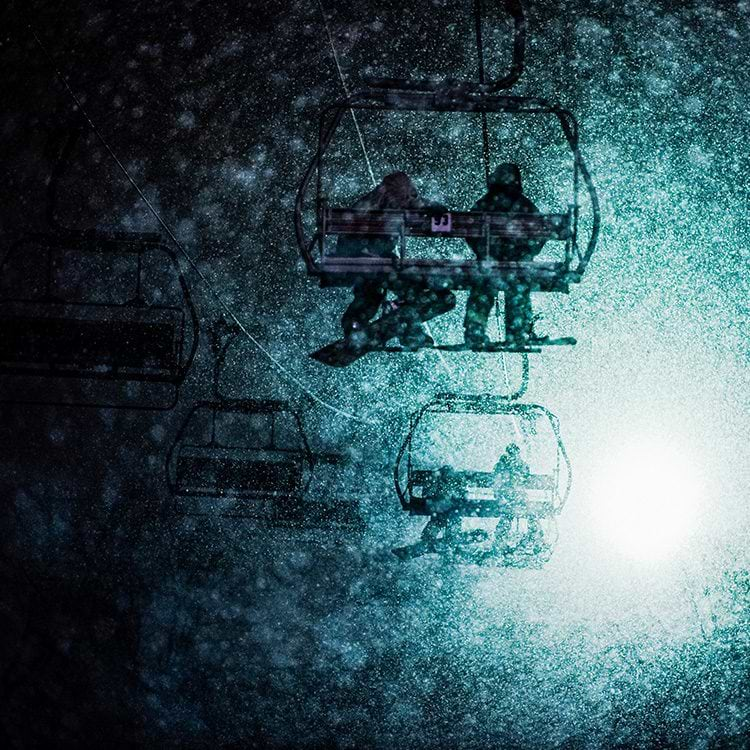It was short and yellow with a few black bands at either end. It wasn’t a bumblebee, but it sure made a buzz—not just because no one had ever seen anything like it. In fact, the Salomon Teneighty—the world’s first production twin-tip ski—arguably changed the course of the sport more than any other single ski design.

Ten years ago, the soft-spoken Stale and over-regulated, skiing had fallen into severe doldrums by the mid-1990s, eclipsed by snowboarding’s meteoric rise and attraction to youth. Then along came the New Canadian Air Force [NCAF]—Whistler-based Mike Douglas, a mogul development coach, and his charges J.P. Auclair (in the photo above, sporting the very first Teneighty ski at King of the Hill in Riksgränsen 1999), J.F. Cusson, Vincent Dorion and Shane Szocs. “Skiing was your parents’ sport,” recalls Douglas in the 2018 Salomon Freeski TV episode Becoming History: 20 Years of the Teneighty. “No one young, energetic or cool was getting into skiing.”
True enough. With new snowboarding tricks appearing almost daily, creative-minded skiers looked on with envy, certain they could do similar off-axis spins and grabs if given a chance. But there were two problems: such aerials weren’t allowed in mogul competition, skiers were banned from the nascent terrain parks, and halfpipes resorts were built for snowboarders. This made no sense to the young NCAF skiers, who started messing around on snowboard jumps and halfpipes as a sideline during summer mogul training on Whistler’s Blackcomb Glacier. They were soon innovating tricks never before seen on skis—and filming them.
A major technical limitation, however, was the inability to slide in both directions on skis as snowboarders could—in and out of halfpipes and off jumps going forward or backward. Skiing had been here before—during the Hot Dog freestyle era when ballet skiers also wanted to slide in both directions. Ski manufacturer Olin had complied by releasing its Mark VI in 1974, but the modest tail rise that ensured this ski didn’t dig into the snow wasn’t a true twin-tip and couldn’t have handled the demands driving the current need.
With a napkin sketch for a true high-performance twin-tip and video of the NCAF’s Whistler sessions in hand, Douglas shopped the idea to major ski companies to no avail. Finally, the Japanese division of France-based Salomon saw the potential bankrolling development of the ski that debuted in the 1997-1998 season. With the aspirational name “Teneighty,” the ski literally marketed itself, propelling the NCAF into infamy. With Teneighty sales off the charts, most ski companies added twin-tip models. By the new millennium, demand for the style had reached beyond terrain parks to the all-mountain proving grounds, melding with shape, fat, and reverse-camber powder skis that were evolving in parallel.
Five years after they debuted, twin tips were everywhere and dominated the ski market. The youth-energy pendulum of snowsports swung firmly away from snowboarding to skiing again, which would ride the wave of new-school Slopestyle and Halfpipe competition on twin-tip skis from the X Games to the Freeride World Tour to the Winter Olympics.









